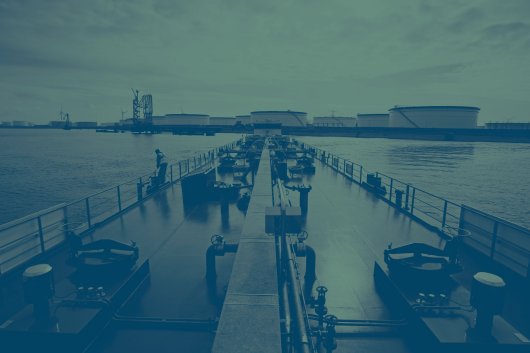Finnlines: Higher bunker prices and surcharges support rise in costs and revenue
CEO hails fuel-saving initiatives as operator posts best H1 result in its history.
Finnlines reports that higher bunker surcharges between January and June helped increase revenue in the first half and second quarter of 2017.
H1 revenue rose by 12.4 percent to EUR 259.3 million, up from EUR 230.7 million the previous year, whilst Q2 revenue totalled EUR 138.4 million - a rise of EUR 12.8 million, or 10.2 percent year-on-year (YoY).
The ferry operator explained that whilst higher bunker surcharge had increased turnover, rising marine fuel prices had also helped drive costs higher. Total Q2 operating expenses rose EUR 10.5 million, or 10.5 percent, to EUR 111.3 million YoY, whilst H1 operating costs increased EUR 23.6 million, or 12.1 peercent, to EUR 219.0 million.
For H1, Finnlines posted a net result of EUR 35.4 million, which was an increase of EUR 4.9 million, or 16.1 percent YoY. It was the best H1 result in the company's history.
The Q2 net result was up EUR 2 million, or 9.0 percent YoY to EUR 24.2 million.
Projects
In Thursday's earnings report, CEO Emanuele Grimaldi highlighted the fact that Finnlines had invested heavily in recent years to become more environmentally friendly and to also improve efficiency and lower bunker costs.
The company's EUR 100 million Environmental Technology Investment Programme (ETI) involved the installation of exhaust gas scrubbers, plus investments in propulsion, reblading and silicone anti-fouling in a strategy designed to reduce ship emissions and fuel consumption. The project came to an end in May.
Finnlines' new initiative, the Energy Efficiency and Emission Reduction Investment Programme (EEERI), involves the lengthening of the Breeze series of ro-ro vessels in order to increase capacity and provide more cargo flexibility.
According to Grimaldi, "the 30 per cent capacity increase per vessel will considerably reduce the energy consumption per transported unit".
"This investment is expected to provide greater efficiency and better fuel economy," the company added.
Risk management
Finnlines points out in today's earnings report that, as a company with vessels mainly operating in Emission Control Areas (ECAs), transportation costs have increased since the cap on the sulphur content of marine fuel was reduced to 0.1 percent in January 2015; however, the Finnish firm stresses that "with one of the youngest and largest fleets in Northern Europe and with investments in engine systems and energy efficiency, Finnlines is in a strong position to greatly mitigate this risk".
H1 revenue rose by 12.4 percent to EUR 259.3 million, up from EUR 230.7 million the previous year, whilst Q2 revenue totalled EUR 138.4 million - a rise of EUR 12.8 million, or 10.2 percent year-on-year (YoY).
The ferry operator explained that whilst higher bunker surcharge had increased turnover, rising marine fuel prices had also helped drive costs higher. Total Q2 operating expenses rose EUR 10.5 million, or 10.5 percent, to EUR 111.3 million YoY, whilst H1 operating costs increased EUR 23.6 million, or 12.1 peercent, to EUR 219.0 million.
For H1, Finnlines posted a net result of EUR 35.4 million, which was an increase of EUR 4.9 million, or 16.1 percent YoY. It was the best H1 result in the company's history.
The Q2 net result was up EUR 2 million, or 9.0 percent YoY to EUR 24.2 million.
Projects
In Thursday's earnings report, CEO Emanuele Grimaldi highlighted the fact that Finnlines had invested heavily in recent years to become more environmentally friendly and to also improve efficiency and lower bunker costs.
The company's EUR 100 million Environmental Technology Investment Programme (ETI) involved the installation of exhaust gas scrubbers, plus investments in propulsion, reblading and silicone anti-fouling in a strategy designed to reduce ship emissions and fuel consumption. The project came to an end in May.
Finnlines' new initiative, the Energy Efficiency and Emission Reduction Investment Programme (EEERI), involves the lengthening of the Breeze series of ro-ro vessels in order to increase capacity and provide more cargo flexibility.
According to Grimaldi, "the 30 per cent capacity increase per vessel will considerably reduce the energy consumption per transported unit".
"This investment is expected to provide greater efficiency and better fuel economy," the company added.
Risk management
Finnlines points out in today's earnings report that, as a company with vessels mainly operating in Emission Control Areas (ECAs), transportation costs have increased since the cap on the sulphur content of marine fuel was reduced to 0.1 percent in January 2015; however, the Finnish firm stresses that "with one of the youngest and largest fleets in Northern Europe and with investments in engine systems and energy efficiency, Finnlines is in a strong position to greatly mitigate this risk".

|
How to engineer and manage green shipping fuels | Stanley George, VPS
Effective management strategies and insights for evolving fuel use. |
|
|
|
||
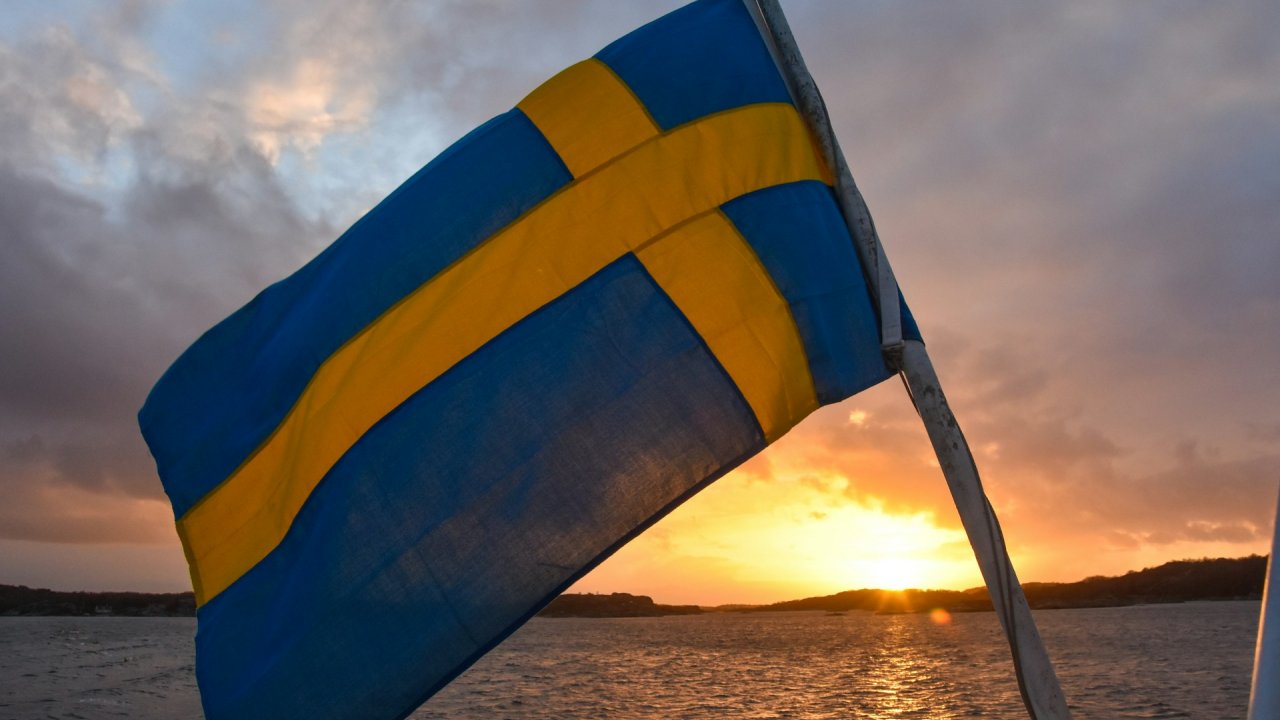
|
Swedish government bans scrubber wastewater discharges
Discharges from open-loop scrubbers to be prohibited in Swedish waters from July 2025. |
|
|
|
||
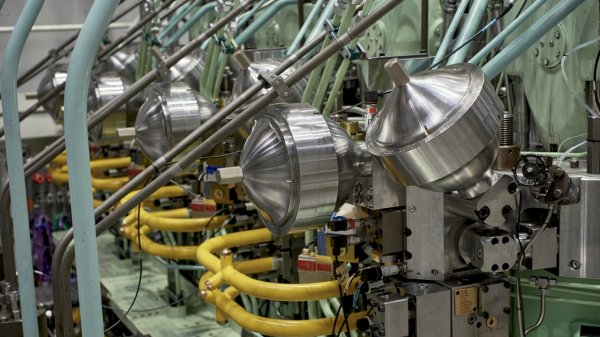
|
MAN Energy Solutions achieves 100% load milestone for ammonia engine
Latest tests validate fuel injection system throughout the entire load curve. |
|
|
|
||
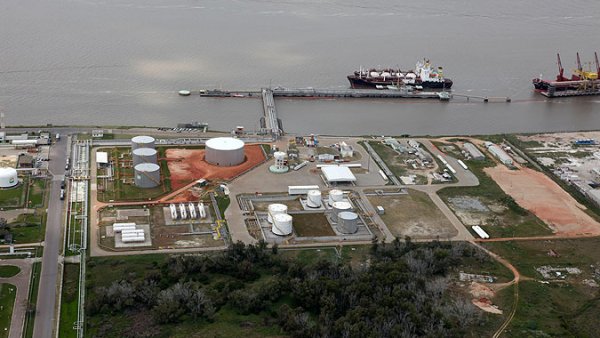
|
Petrobras secures ISCC EU RED certification for B24 biofuel blend at Rio Grande
Blend consisting of 24% FAME is said to have been rigorously tested to meet international standards. |
|
|
|
||
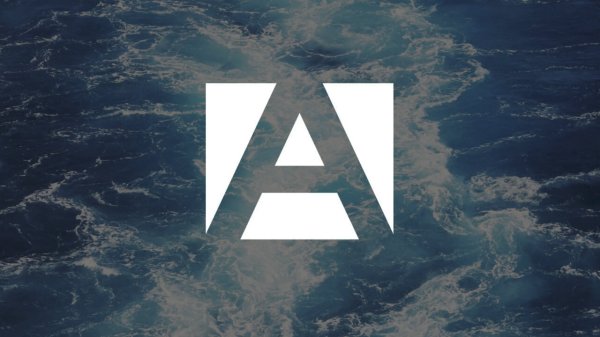
|
Stolt-Nielsen to fully control Avenir LNG with acquisition
Share purchase agreement to buy all shares from Golar LNG and Aequitas. |
|
|
|
||
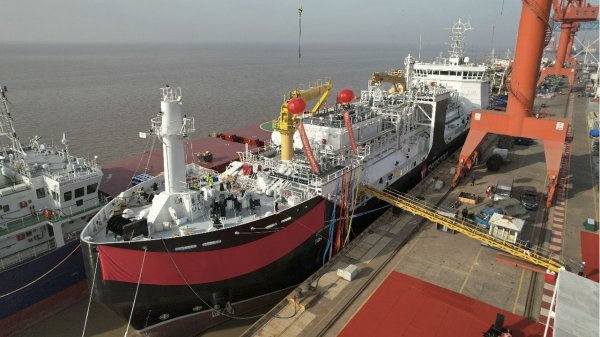
|
Bureau Veritas supports launch of CIMC SOE's LNG bunkering vessel
Handover of Seaspan Energy's cutting-edge 7,600-cbm vessel completed. |
|
|
|
||
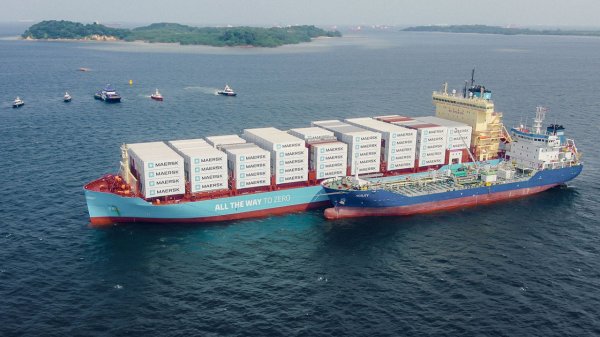
|
Methanol as a marine fuel | Steve Bee, VPS
How environmental legislation has driven the development of low-sulphur fuels and methanol-ready ships. |
|
|
|
||
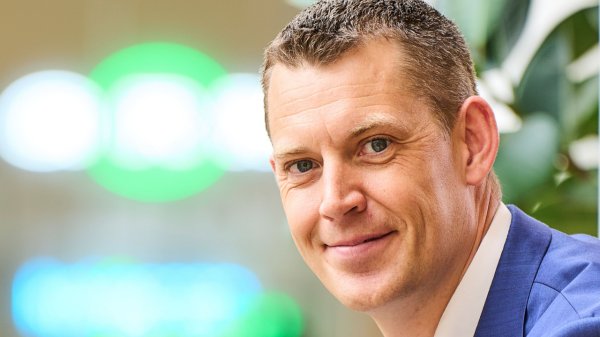
|
Martin Vorgod elevated to CEO of Global Risk Management
Vorgod, currently CCO at GRM, will officially step in as CEO on December 1, succeeding Peder Møller. |
|
|
|
||
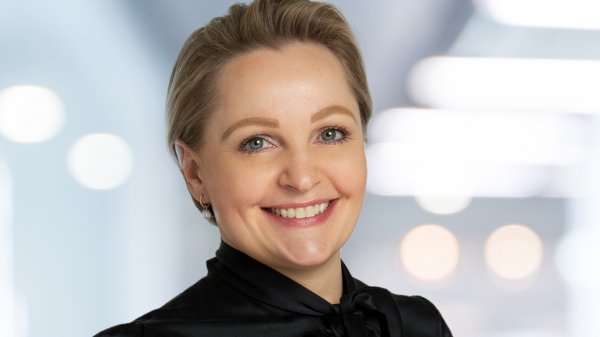
|
Dorthe Bendtsen named interim CEO of KPI OceanConnect
Officer with background in operations and governance to steer firm through transition as it searches for permanent leadership. |
|
|
|
||
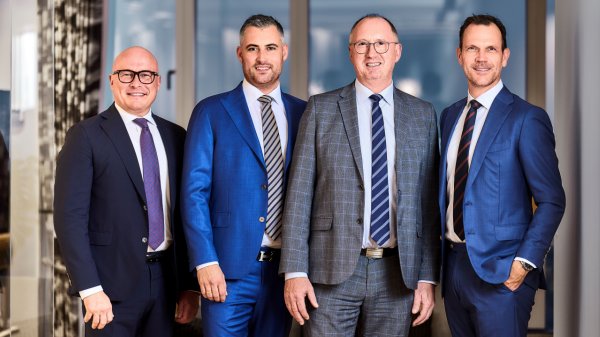
|
Bunker Holding revamps commercial department and management team
CCO departs; commercial activities divided into sales and operations. |
|
|
|
||
Related Links
- · Finnlines aims to slash bunker costs with new vessel lengthening initiative [Insights]
- · Finnlines inks PureSOx scrubber performance agreement [Insights]
- · Finnlines profit up as bunker-saving scrubber programme reaps rewards [Insights]
- · EBIT up as most vessels used cheaper fuel, says Finnlines [Insights]
- · Finnlines profit up on cheaper HFO with scrubbers, lower fuel consumption [Insights]
- · Finland [Directory]

